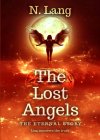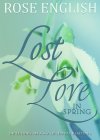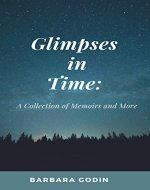This story enlightens children to the use of visual comprehension – i.e. not always will answers be given. Sometimes visual observations, deductive reasoning and elimination may reveal additional answers.
This is what I see as the first real mystery story for children. The written verse asks only questions, and never does answer the question: “What’s in the box?”, but the illustration does.
It is written and to be illustrated so that children maintain some focus on Fred, the dog. The ending is with Fred providing the answer to the mystery, by digging a hole in the shape of the object in the box (a large bone from the Natural History Museum – stickers on the box reveal part of the answer).
My stories are designed for both the reader and the listener.
Children will request parents to re-read, over and over again, a story that has caught their imagination.
If not in rhyme, these stories will quickly become dull and a burden to read.
When written in free verse, a story is both a delight to read and to hear.
The reader feels accomplished when reading my stories and, in the act of story telling, begins exaggerating tone, inflection, and mood.
When constructed in free verse rhyme, while reading along, children quickly begin to retain portions of each story.
Once the child begins reading independently, these stories act as memory assisting templates to guide the beginning reader through their first reading selections. The reading successes of a child will fuel additional comprehension activities and help to jump start reading skills that greatly motivate the young reader.
For the adult reader these stories are always a treat.
I understand the necessity to include a readers interests and needs as part of the story telling activities.
The length of these stories is designed to be between 10 to 15 minutes, to act as a short break or bedtime activity. Unlike Dr. Suess, I have avoided making up new nouns and adjectives for purposes of rhyme,
other than some tintinnabulation (words designed to give greater description of sounds), finding that teachers do not appreciate this activity.
I find that by identifying children by full name, as the story characters, it adds a sense of character reality and identity. The children accept the diversity of people, which, in turn, opens the imagination to accepting limitless fictional situations and opportunities.
My stories constitute several conceptual elements to motivate reading and precipitate a positive child’s reading development.
For all teachers and Friends, I applaud your support in exposing unrestricted rhyme for reading to young children. Your efforts to improve early perceptions of reading will provide children with a foundation for continued learning comprehension and development.













